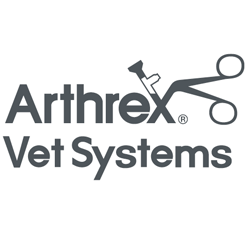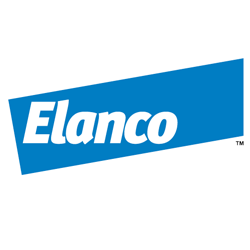Top 5 messages for effective pain management
- Be proactive: train and prepare the whole veterinary team to understand and appreciate the procedures and diseases that can be associated with pain and to proactively manage diseases early in their course.
- Use the tools and recommendations available to facilitate and assist with the assessment of pain.
- Engage the owner as a team member in both the recognition and management of pain.
- Practice preemptive, multimodal management based on a tiered approach to both pharmacological and nonpharmacological treatments.
- Reevaluate patients on a regular basis, and adjust treatment plans accordingly.
It is helpful to view pain management as a continuum of care, a sequence consisting of assessment, treatment, reassessment, and plan modification. Using tools and approaches known to be valid measures, clinicians can diagnose acute and chronic pain and the patient’s response to treatment with a high degree of assurance. The broad assortment of pharmacologic and nonpharmacologic modalities for treating pain gives veterinarians considerable flexibility in developing a patient-specific treatment plan. In using these therapeutic tools, preemptive analgesia and, whenever appropriate, multimodal therapy are two underlying principles of effective and judicious pain management.
The client plays an important role in pain management by providing relevant patient history, participating in assessment and reassessment of the patient, and adhering to treatment recommendations, including administering treatment and management recommendations in the home environment. Practices that implement an integrated approach to pain management ensure that all healthcare team members and their clients understand their respective roles in preventing and controlling pain in their patients and pets. This shared responsibility ensures that effective pain management will be a central feature of compassionate care for every patient.







